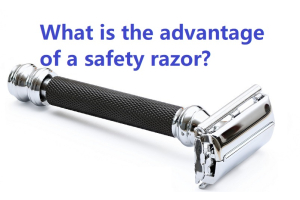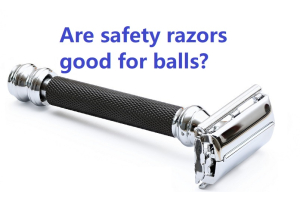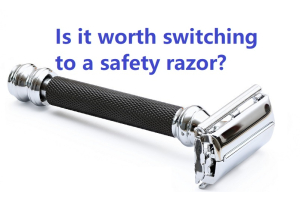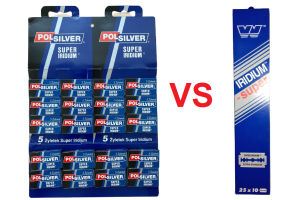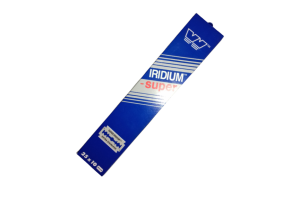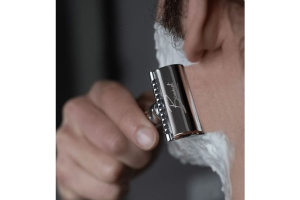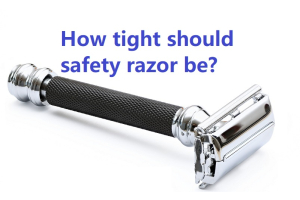A safety razor is a shaving tool that has been in use for over a century. Unlike disposable razors, safety razors are designed to last for years and provide a closer, cleaner shave. However, like any product, safety razors have advantages and disadvantages. In this article, we will explore both the pros and cons of using a safety razor.
Advantages:
-
Cost-effective: Safety razors are more cost-effective than disposable razors. Although the initial cost of a safety razor may be higher than a disposable razor, the blades of a safety razor are much cheaper and last much longer. With proper care, a safety razor can last for years, and the cost savings over time can be significant.
-
Better shave: Safety razors provide a closer shave than disposable razors. The design of the safety razor allows for more precise control, resulting in a cleaner and smoother shave. Additionally, the weight of a safety razor means that it provides a more substantial feel in the hand, which can help with the overall shaving experience.
-
Environmentally friendly: Safety razors are more environmentally friendly than disposable razors. Disposable razors are made from plastic and often end up in landfills, where they can take hundreds of years to decompose. Safety razors, on the other hand, are made from metal and can be recycled when they reach the end of their lifespan.
-
Safer: Safety razors are safer than disposable razors. The design of the safety razor protects the skin from cuts and nicks. The blade of a safety razor is covered by a guard, which ensures that only a small portion of the blade is exposed, reducing the risk of injury. Additionally, the weight of the safety razor means that less pressure is required, resulting in fewer cuts and nicks.
-
Stylish: Safety razors are a stylish addition to any bathroom. The classic design of the safety razor has remained largely unchanged for over a century, and it remains a symbol of sophistication and class.
Disadvantages:
-
Learning curve: Using a safety razor requires a learning curve. Unlike disposable razors, safety razors require a certain level of skill to use correctly. The angle of the blade must be just right, and the pressure applied must be minimal to avoid cuts and nicks. It can take some time to get used to the feel of a safety razor and to learn how to use it correctly.
-
Time-consuming: Using a safety razor can be more time-consuming than using a disposable razor. The process of lathering the soap, shaving, and cleaning the razor can take longer than simply using a disposable razor. However, the additional time spent can result in a closer, smoother shave.
-
Maintenance: Safety razors require more maintenance than disposable razors. The blade must be changed more frequently, and the razor itself must be cleaned and stored properly to ensure its longevity. Additionally, the blade of a safety razor can become dull over time and must be sharpened or replaced.
-
Availability: Safety razors are not as widely available as disposable razors. Although they can be found in most drugstores and online, they are not as common as disposable razors. Additionally, the blades for a safety razor may not be as readily available as disposable razor blades.
-
Upfront cost: Safety razors have a higher upfront cost than disposable razors. Although the cost savings over time can be significant, the initial investment in a safety razor can be a barrier for some people.
In conclusion, safety razors have both advantages and disadvantages. They provide a closer, cleaner shave, are more environmentally friendly, and are safer than disposable razors. However, they require a learning curve, are time-consuming, and require more maintenance than disposable razors. Ultimately, whether a safety razor is the right choice for you depends on your personal preferences and lifestyle. If you value a close, clean shave and are willing to invest the time and effort in learning how to use a safety razor correctly, then it may be the perfect choice for you. Additionally, if you are concerned about the environment and want to reduce your waste, a safety razor is a more sustainable option than disposable razors. However, if you prefer the convenience and affordability of disposable razors or are not interested in investing in a higher-priced shaving tool, then a safety razor may not be the best fit for you. Overall, the decision to use a safety razor is a personal one, and it's important to consider both the advantages and disadvantages before making a final decision.



